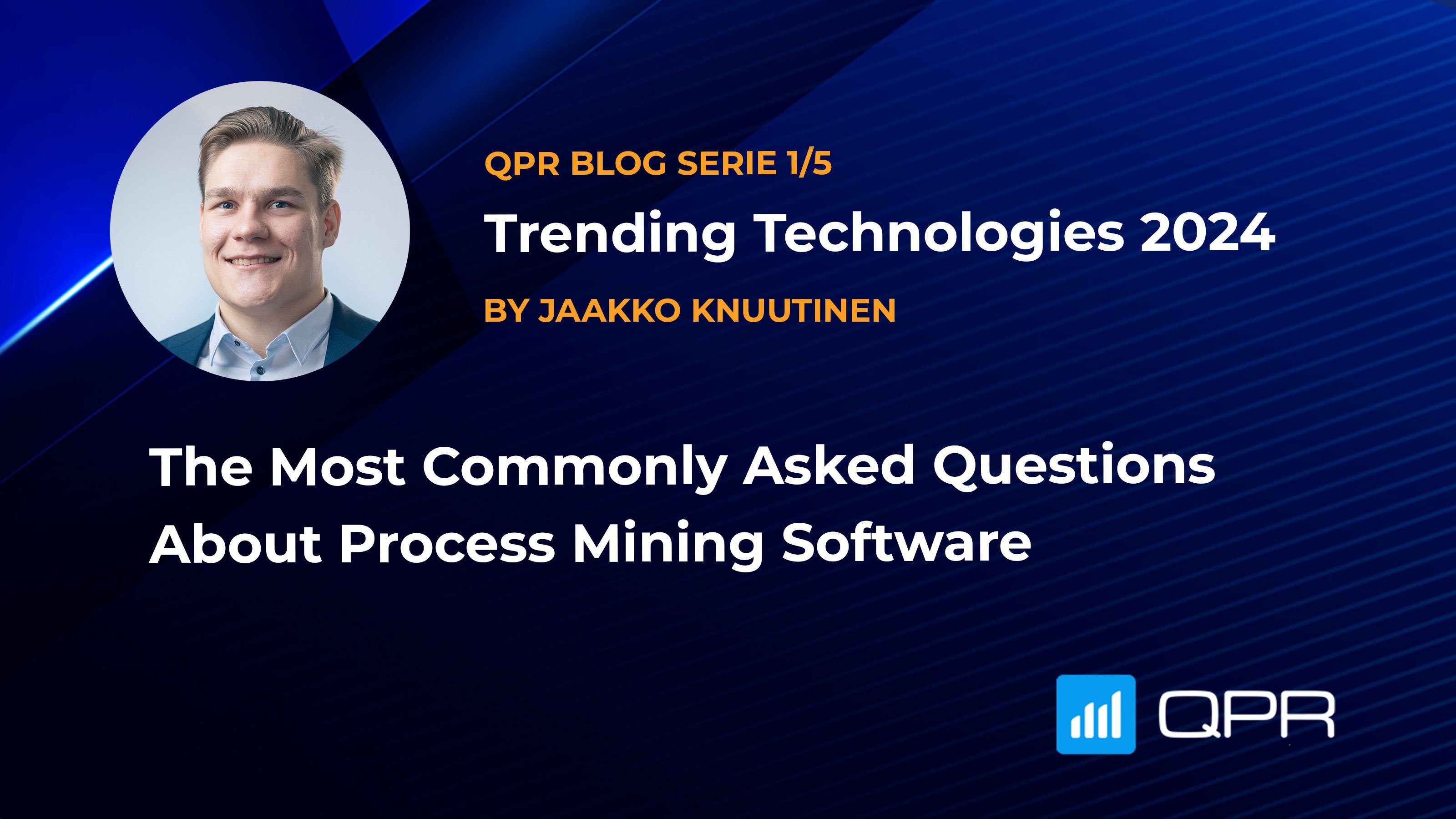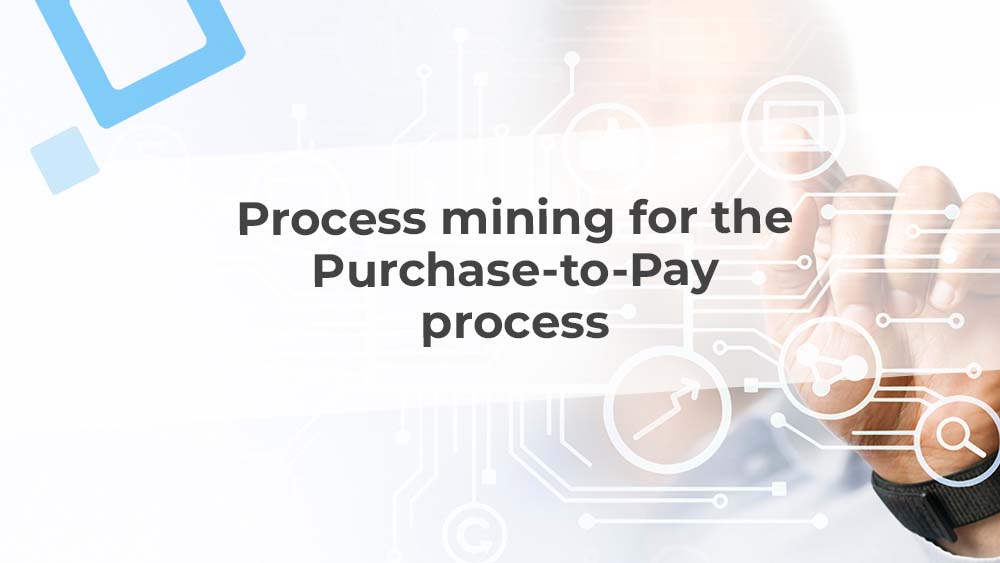The evolution of process mining
Process mining is a rapidly evolving field that promises to bring significant benefits to organizations across a wide range of industries, with a focus on analyzing and improving business processes.
It has evolved significantly over the past few decades, and is expected to continue evolving in the future. As process mining technology continues to mature and gain wider adoption, we can expect to see a number of key trends emerging in the near future.
In this blog, you'll find out how it has evolved from manual flowcharting and mapping to a data-driven, intelligent solution.
From manual discovery to automated and data-driven mining
One of the major ways that process mining has evolved is in terms of the tools and techniques that are used.
In the early days of process mining, researchers and practitioners relied on manual techniques such as flowcharting and process mapping to understand and improve business processes. No such things as root cause analysis or predictions existed.
With the advent of computers and the proliferation of data, process mining has become more automated and data-driven.
There are now a wide range of software tools available that can help organizations analyze and improve their processes using data from various sources, such as Enterprise Resource Planning (ERP) systems, Business Process Management Systems, Supply Chain Management, Customer Relationship Management, Human Resources Management, IT Services Management, and more.
From manufacturing and production to a wide range of processes
Another way that process mining has evolved is in terms of the types of processes that it can be applied to.
Originally, process mining was primarily used to analyze and improve manufacturing and production processes. However, it has since been applied to a wide range of other types of processes, including service processes, financial processes, and even processes in the public sector.
Moreover, the integration of process mining with other technologies such as robotic process automation (RPA) and business process management (BPM) have increased significantly since the beginning of process mining.
By combining the data-driven insights provided by process mining with the automation capabilities of RPA and the process design and management capabilities of BPM, organizations will be able to optimize their business processes in ways that would not be possible otherwise.
Increasing use of Machine Learning and Artificial Intelligence
In the future, it is expected that process mining will continue to evolve in a number of ways.
One trend that is already emerging is the use of machine learning and artificial intelligence (AI) to improve the accuracy and effectiveness of process mining.
These technologies will allow organizations to analyze and interpret large amounts of process data more quickly and accurately, and to identify patterns and anomalies that would be difficult or impossible to detect using traditional methods.
In particular, the use of deep learning techniques will enable process mining software to detect patterns and make predictions that are more accurate and useful.
Real-time process mining
Another trend that is likely to emerge is the use of process mining in real-time or near-real-time.
By continuously analyzing data as it is generated, organizations will be able to identify and address issues as they arise, rather than waiting for a periodic analysis to be performed. This will enable organizations to be more agile and responsive to changing business needs.
Overall, it is clear that process mining has come a long way over the past few decades, and it is expected to continue evolving in the future. As more organizations adopt process mining and as the field continues to advance, it will undoubtedly play an increasingly important role in helping organizations optimize their processes and improve their operations.
2023: Billions of data rows analyzed in the blink of an eye
The newest development in process mining is its' ability to run natively on Snowflake, tackling issues in performance, scalability, and data security.
Process mining enthusiasts had for a long time been waiting for a truly scalable solution — one that even the largest of companies could use without compromising their data volume or facing significant performance issues.
The poor scalability is tackled by many vendors by splitting data into smaller pieces. However, when you split your data into smaller pieces, you lose valuable insights into the end-to-end processes.
Moreover, complying with data privacy and security regulations is becoming more and more challenging. Each time your data is copied to a new application or platform, the security risks increase.
Process mining powered by Snowflake solves all these challenges - it:
- Provides real-time process mining at an unlimited scale
- Ensures ultimate governance and security
- Enables secure collaboration across units and applications
Process your data in QPR ProcessAnalyzer and easily share your results for further processing or analysis across business units, partners, and customers, even if they aren't on Snowflake. Objects in your database can be selected and shared with preferred permission and rights.
Read on to find out more about process mining on data lakes and the Snowflake Data Cloud to understand how this technology enables unforeseen analysis of your business processes and how you can connect QPR ProcessAnalyzer to Snowflake.
The future of process mining
In the future, process mining vendors will be under pressure to develop process mining software that is more accessible to a wider range of users. The use of process mining will develop even further from analyzing independent processes to a holistic, enterprise-wide process optimization, where organizational and social mining come into play.
We will also see more process mining tools that are cloud-based, and easier to integrate with the other IT systems used by organizations. While the demand keeps developing, so will regulations and security aspects.
IoT, integrations, and cloud-based solutions
In the future, we are going to see more cloud-based tools, and ones that are easier to integrate with the other IT systems used by organizations.
The forerunners in process mining have already started adopting cloud-based solutions, such as QPR ProcessAnalyzer powered by Snowflake.
The integration with other technologies and cloud-based approach is also a step towards more advanced Industry 4.0 and IoT based process mining.
With increasing number of sensors and connected devices available in different areas such as manufacturing, logistics and healthcare, huge amount of data is generated and analyzed for decision making and process optimization. This will enable process mining to gain more insights and opportunities for automation and optimization in these sectors.
Improved User Experience
Enterprises are already looking into more ways of using process mining: from standalone on-premise models to cloud subscriptions, from analyzing individual process steps to enterprise-wide approaches, and from a strictly-analysis focus to ongoing monitoring and predictions.
As process mining becomes even more mainstream and more organizations adopt it, we can also expect to see a growing focus on user experience and ease of use.
Vendors will be under pressure to develop process mining software that is more intuitive, easier to use, and more accessible to a wider range of users.
Stricter data protection
Finally, as process mining becomes more widely used, we can expect to see more regulations and standards being developed to ensure that organizations are using it in a responsible and ethical manner.
Governments and industry bodies will need to ensure that process mining is being used in a way that respects the privacy and security of individuals, and that the data being used is accurate, reliable and protected.
Further, the trend of making process mining and data strategy decisions in a cohesive and aligned way will promote better collaboration and efficiency between enterprise business units.
Overall, process mining has come a long way. The future of process mining looks very promising, with many exciting developments and opportunities ahead. As organizations increasingly look for ways to improve their business processes and gain a competitive edge, process mining will play an increasingly important role in helping them to achieve these goals.
You may also like
These related stories

The most commonly asked questions about process mining software

Optimizing the purchase-to-pay process with process mining

